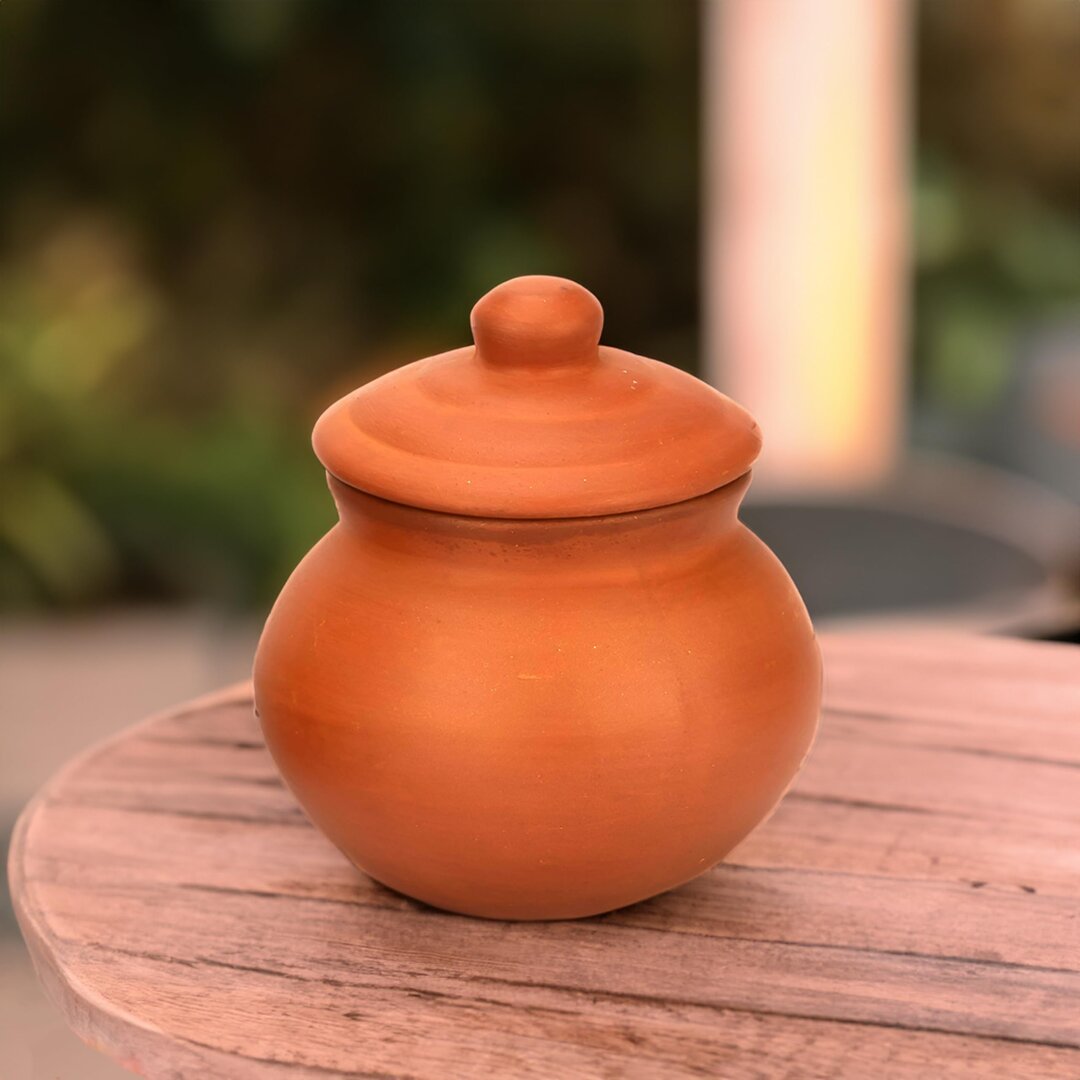
Before diving into this metaphor, I encourage you to take a moment, hold an object in your hand—perhaps a cup, a pen, or even your phone—and think about what it truly represents.
Okay, weirdo thing to start with, but hear me out:
While looking into various metaphysical frameworks over the past couple years, Advaita Vedanta stands out simultaneously for its simplicity as well as its thoroughness.
Unlike many religious/spiritual traditions, Vedanta seeks to answer the biggest questions: "What is existence itself? What is its relation to the world we experience everyday?"
The metaphor of the clay pot serves as a simple yet transformative way to understand the relationship between existence and name/form.
The Metaphor: Clay and the Pot
Imagine a pot crafted from clay. At first glance, we call it a “pot,” an object with form (a shape), a use, and a distinct identity as a separate object. But what is it fundamentally? Strip away the concept of “pot” as a name or function, and what remains is clay—its true essence.
In the teachings of Advaita, this (the clay) is analogous to existence itself. All forms we perceive—be they objects, people, or experiences—are like the pot. Beneath their distinct forms lies the one unchanging reality: Brahman, the essence of all existence. More simply, existence itself, as opposed to an existent *thing*.
Name and Form: Maya in Action
The pot is not separate from the clay, yet we assign it a name and purpose as though it were independent. This naming and form-giving process is the work of *Maya*—the superposition that veils the underlying unity of existence.
Through this lens, the diversity we experience in the world—trees, rivers, animals, ourselves—is like countless "pots," each with a unique shape but ultimately arising from and dissolving back into the same “clay.”
Seeing Beyond the Pot
The goal of Advaita Vedanta is to recognize this underlying truth. Just as the pot is clay in essence, so too are we—our bodies, minds, and identities—manifestations of Brahman.
When this understanding deepens, the distinctions we cling to begin to dissolve. The boundaries between “me” and “you,” or “this” and “that,” fade into the realization that all is one seamless existence.
Recognition of This Truth
Many popular spiritual traditions will sell you on the need to "kill your ego" in order to experience oneness, but using the clay-pot metaphor, does the pot have to break in order for it to become clay?
Of course not. There was clay before the pot was formed, while the pot lasts, and when the pot breaks there will be clay shards. In truth *the pot does not have to change in any way for it to become clay.*
Similarly, the ego does not have to be modified in order for it to "become" the existence it seeks, it can be nothing but that.
Conclusion
For quite a long time, I strugled with the teachings of Advaita Vedanta because of there incredible simplicity..
As someone quite accostomed to approaching life intellect-first, it was difficult for me to not turn these teachings into another mental excercise. I was caught up in the idea that if I could wrap my head around Brahman intellectually, that I could "obtain it."
Around May 17th, 2024, the clay pot metaphor clicked, and I realized I no longer had to look elsewhere (be it another mental state, location or future time) to find what I was seeking. In fact, it was all that ever could be.
It’s a realization as simple as it is profound, but I wanted it to be a huge mathematical formula. Since dissolving that idea of what it was supposed to be, life has been a lot simpler as I recognize that Existence in all things, and just kinda hang out with it. Cool shit, tbh.
Thanks for giving this a read and considering how your pot too is none but the universal clay.